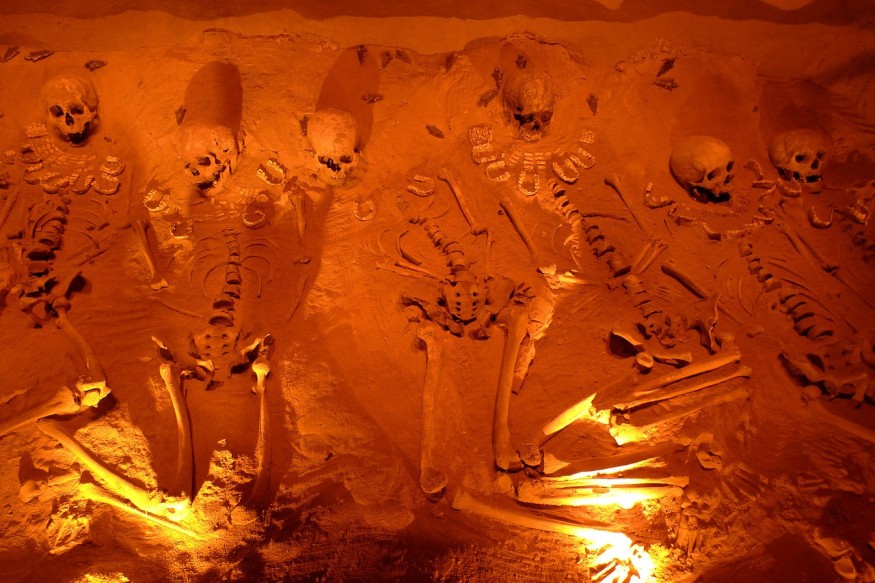
According to a new study, an untrained lawyer and naturalist named Morton Allport traded some stolen remains of the Aboriginal people with the skin of Tasmanian tigers.
Morton Allport
English-born Morton Allport was a naturalist from the 19th century dwelled in Hobart, the capital of Tasmania. He gained his accolades in the field of science by robbing the body parts of humans and shipping them all the way to universities in Europe. The body parts were shipped alongside Tasmanian tiger remains. These creatures are marsupials also known as thylacines (Thylacinus cynocephalus) that are now extinct.
The activities of Alport matched the genocide against the Aboriginal people as well as the extermination of the Tasmanian tigers that became extinct in 1936. His activities include mutilating the corpse of an Aboriginal man in order to gain evidence regarding white superiority pseudoscientific theories.
The study "How collections and reputation were built out of Tasmanian violence: thylacines (Thylacinus cynocephalus) and Aboriginal remains from Morton Allport (1830-1878)" was based on the archived letters of Allport that were found in the State Library of Tasmania.
ALSO READ : Tasmanian Tiger May Have Still Been Alive in the Late 1980s or Even in the 21st Century, Study Suggests
Trading Stolen Remains
Assistant director Jack Ashby from the University of Camrbidge's University Museum of Zoology explains that they are now able to see that Allport sent more specimens of thylacine to Europe compared to anybody else. Ashby adds that Allport describes himself as the only one to send Tasmanian Aboriginal remains to institutions in Europe, adding that effectively every Tasmanian person's skeleton that arrived in Europe was due to Allport's efforts.
By looking into the correspondence of Allport, Ashby discovered that the naturalist shipped 20 thylacine pelts and five Tasmanian Aboriginal skeletons all the way to Europe. When these remains arrived, naturalists studied the samples with eagerness to come up with pseudoscientific observations of the evolutionary "inferiority" of both the Aboriginals and the thylacines.
Due to his efforts, Allport was granted various scientific accolades and fellowships from European universities.
Aboriginal People and Tasmanian Tigers
When the first European settlements were established by British colonists in Tasmania in 1803, the indigenous population of Aboriginals was roughly 5,000 to 10,000. In 1876, following several campaigns of forced displacement, murder, and violence, only the women that colonizers kidnapped ended up surviving. Several of these women were pressed into forced labor, tortured, and raped.
The murder of the indigenous people of Tasmania, which is described as genocide, matched the hunting and extinction of thylacines on the island. The British settlers saw the carnivore as a pressing threat to sheep farms, which led them to hunt them to extinction.
Ashby explains that thylacines were viewed as environmental pests and were similarly described as primitive, evolutionarily ill-adapted, and stupid with Aboriginal people. Both were blamed for what they experienced, the extinction and genocide, which absolved colonists of the blame regarding the fact that they were rounding, shooting, and taking them away from the island.
As the count of thylacines and indigenous people in Tasmania dwindled, both types of "specimens" ended up skyrocketing in demand.
RELATED ARTICLE : RNA Recovered From Extinct Species 'Tasmanian Tiger' For the First Time
Check out more news and information on Archaeology in Science Times.










